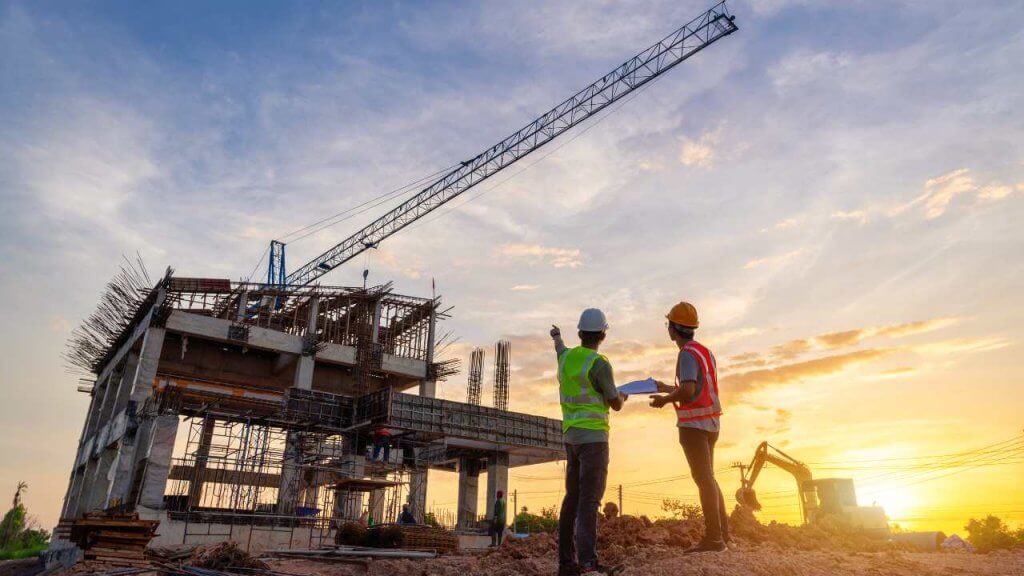Are you a B Tech Civil Engineering graduate searching for courses to enhance your skills and embark on a rewarding career path? Look no further! Our range of specialized courses is tailored to meet the demands of the dynamic construction industry and provide you with the edge needed to succeed. Let’s delve into the diverse array of courses offered:

Certificate in Construction Software
Duration: 1 Month (100 Hours). Master essential software tools like AutoCAD, ETABS, Revit, MS Excel, MS Project, and Primavera. These are indispensable for efficient project management and design optimization.This course provides hands-on training in utilizing these software applications. It aims to streamline project workflows, enhance collaboration, and achieve superior project outcomes.
Civil Employability & Construction Orientation (Online)
Duration: 2 Months (100 Hours). Designed for the digital age, this online course equips participants with fundamental skills and knowledge. It’s essential for success in the construction industry. Through interactive modules and virtual learning environments, students gain insights into construction principles and project management fundamentals. This prepares them for diverse roles in the field by familiarizing them with industry best practices.
Certificate in Construction Planning
Duration: 1 Month (100 Hours). Dive into the world of construction planning with this intensive course focused on scheduling, resource allocation, and project sequencing. Participants learn to develop comprehensive project plans and create accurate schedules. This enables them to optimize resource utilization, ensuring timely project delivery and efficient resource management.
Certificate in Construction Office Management
Duration: 3 Months (300 Hours) Gain expertise in office management specific to the construction industry through this comprehensive course. Participants learn essential skills such as document control and procurement management. They also gain expertise in stakeholder communication and project coordination, empowering them to efficiently manage construction projects from the office environment.
Certificate in Quantity Surveying
Duration: 3 Months (300 Hours). Delve into the art of quantity surveying with this specialized course covering estimation, cost management, and tendering processes. Participants acquire practical skills in quantification and cost estimation. They also learn bill of quantities preparation and tender documentation, enabling them to play a crucial role in project budgeting and cost control.
Diploma in Construction Engineering
Duration: 6 Months (600 Hours) This comprehensive diploma program offers in-depth training in construction principles, project management techniques, and site supervision skills. Participants develop a strong foundation in civil engineering concepts, surpassing what they learned in B Tech. They gain practical experience in project execution and emerge as proficient construction engineers ready to tackle real-world challenges in the industry. Additionally, the program includes an extensive on-site internship component. This provides students with valuable hands-on experience in real construction projects, further enhancing their practical skills and industry readiness.
With our diverse range of courses catering to various aspects of construction engineering, you can tailor your learning journey to align with your career aspirations. This allows you to unlock endless opportunities in the ever-evolving construction industry. These specialized courses offer the perfect pathway for individuals seeking to enhance their expertise and broaden their horizons in the field of civil engineering. Don’t miss out on the chance to elevate your skills and propel your career forward with our specialized courses after B Tech Civil Engineering!














